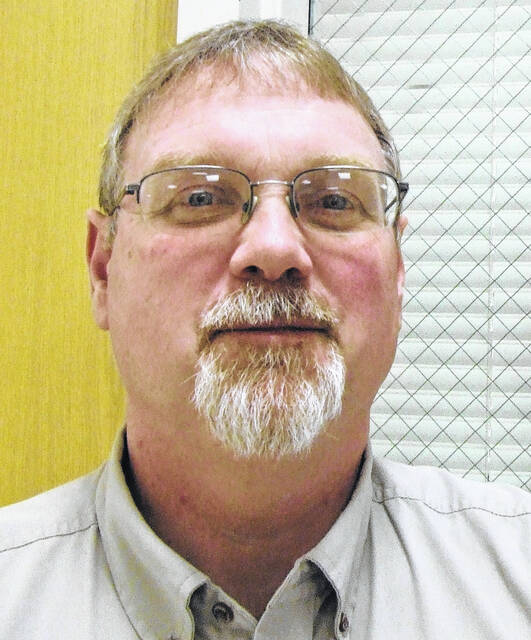
We all know April was a challenging month. It was a cold month with most of Ohio 1°F to 3°F below normal for temperatures. We saw late freezes and snow events.
According to Jim Noel with the National Weather Service in Wilmington, because of the cold, precipitation was generally around or slightly below normal in the 60-120% of normal range for Ohio.
However, with limited evaporation and evapotranspiration, soils did not dry much.
Looking forward, Noel says May will start off challenging, but improvements are forecasted. The first week of May has seen a wetter period across Ohio with temperatures generally below normal. Rainfall ranged from just under an inch to over 2 inches in places.
As we move into the middle and end of May, expect a pattern change to warmer and drier than normal conditions, which should open the rapid window for planting.
It appears the chances for a hard freeze are pretty much over. There is still a low chance for some patchy frost, especially in northern and eastern Ohio like this weekend, but the freeze risk has decreased significantly.
For now, it looks like the outlook for summer has not changed much. We expect slightly above normal temperatures this summer with the typical swings of dry to wet to dry on about a 30-day cycle.
Overall, 2022 looks not as receptive to agriculture as it was in 2021, with a bit more of extreme periods including more intense dry and wet periods.
Rainfall totals through mid-May will generally be 1-2 inches with isolated 3-inch totals in far western and northern areas.
As we know, planting season is upon us and is a little behind in comparison to last year. Many producers are planning on evaluating input costs and management practices on their farm this season to improve economic efficiency and stay profitable.
However, there are some ways to plan on-farm research to get the most accurate data, and therefore make the best decision for your farm.
OSU Extension Educator Taylor Dill, Darke County, and Regional Agronomy specialist, Elizabeth Hawkins, provide some excellent ideas for area producers to consider when thinking about setting up on-farm research.
The first element to establish is what are you trying to find out? Fully understanding the question and goal of the trial is imperative to set up the appropriate treatments.
Maybe your question is, “What is my most economically effective nitrogen rate?” or “Does this new fungicide increase yield and pay for itself?” When doing on farm research, consider assessing practices that are critical to the long-term success of the farm.
Once your question is determined, set up the treatments that you desire to observe. This is generally a comparison of your non-treated control or “common practice”, and the new practice or product.
For trials that are assessing seeding rates and fertilizer rates, more than two treatments are necessary to determine the optimal rate.
The most important keys for effective research are replication and randomization. A replication is a repetition of a group of treatments and randomization is choosing at random the pattern of the treatments within replications.
Both of these elements are important to reduce the effect of field variability skewing results, increase confidence in your data collection, and provide more data throughout the field. Many farmers split the field in half to compare treatments, however this does not account for soil type changes, low spots, hills, etc.
Randomization is especially needed to ensure that one treatment is not unknowingly favored over another. We require at least 3 replications and encourage using 4.
The digital ag team has some pre-designed layouts in eFields that can be used to build your own study from, and can be found at this link https://digitalag.osu.edu/efields/get-involved/study-implementation .
To make your on-farm research process easier, remember to evaluate your equipment and know how many planter passes are needed for the header to collect data. If using more than one pass, taking the combine through the center of two passes can also eliminate treatment carryover, especially in a fungicide or fertilizer treatment.
To measure yield accurately, use either a weigh wagon, a grain cart with scales, or a calibrated yield monitor.
The information that is collected from on-farm trials done with Extension educators can be published in our eFields annual report, showcasing on-farm research done throughout the state and giving producers and educators a platform to share their information.
Tony Nye is the state coordinator for the Ohio State University Extension Small Farm Program and has been an OSU Extension Educator for agriculture and natural resources for over 30 years, currently serving Clinton County and the Miami Valley EERA.


